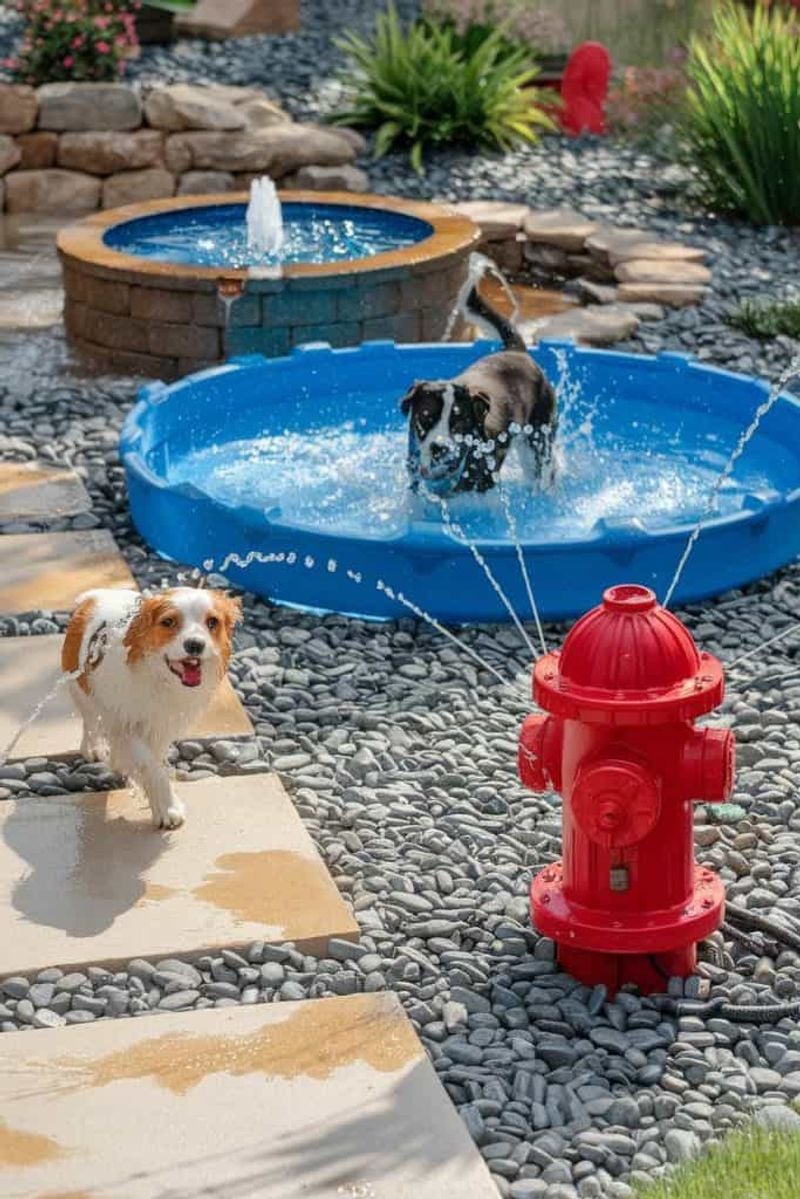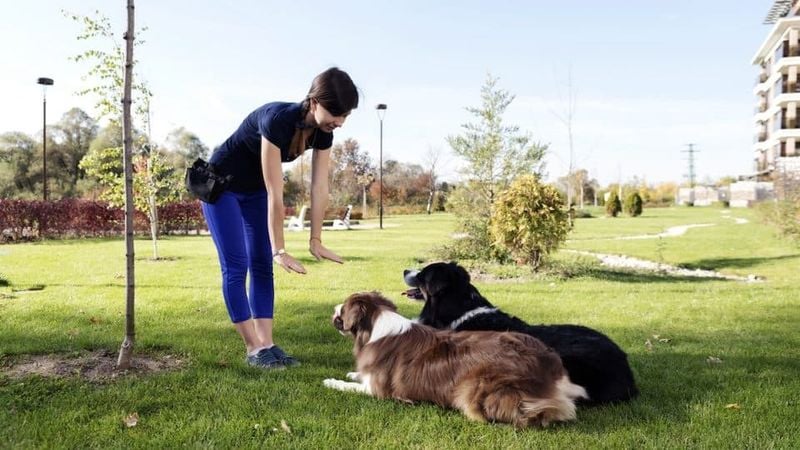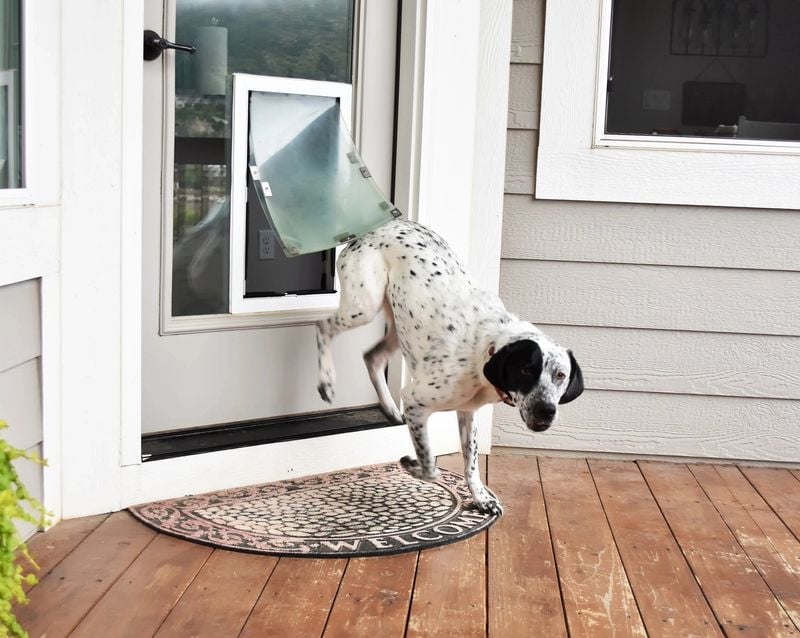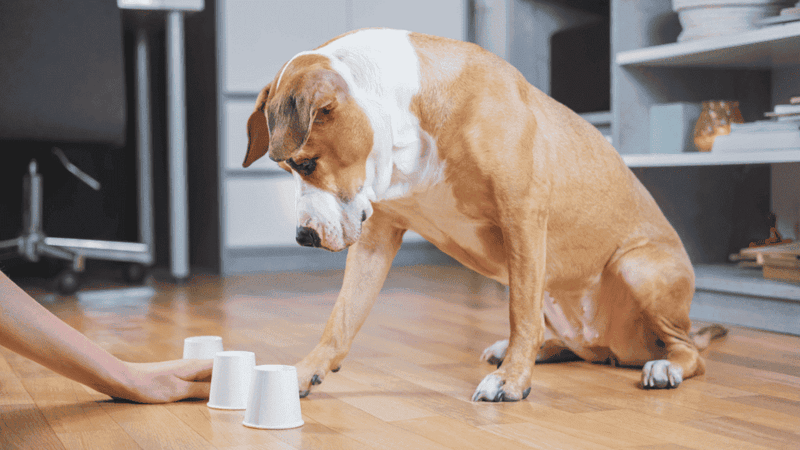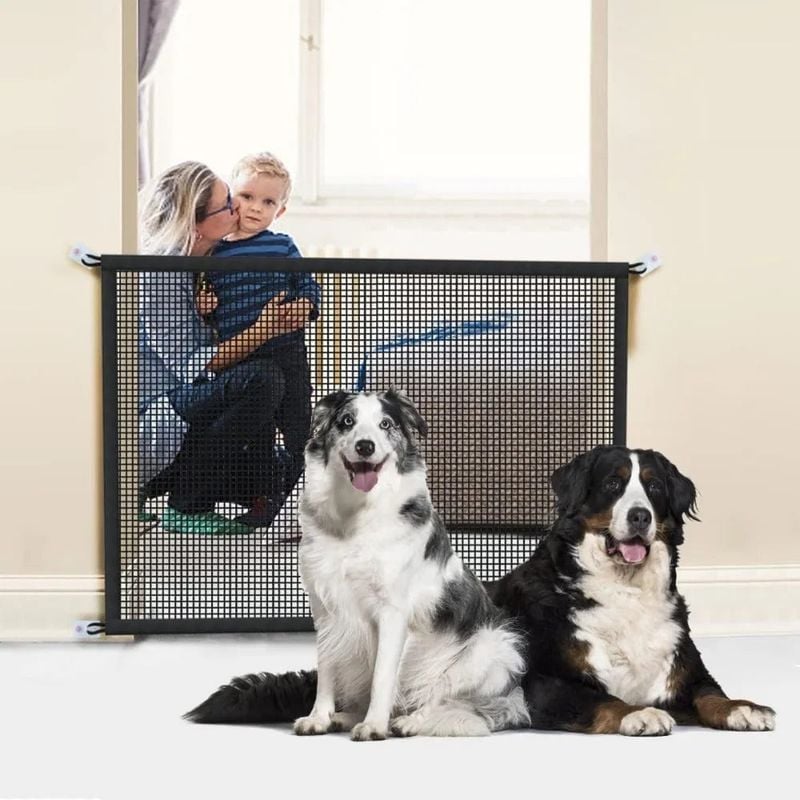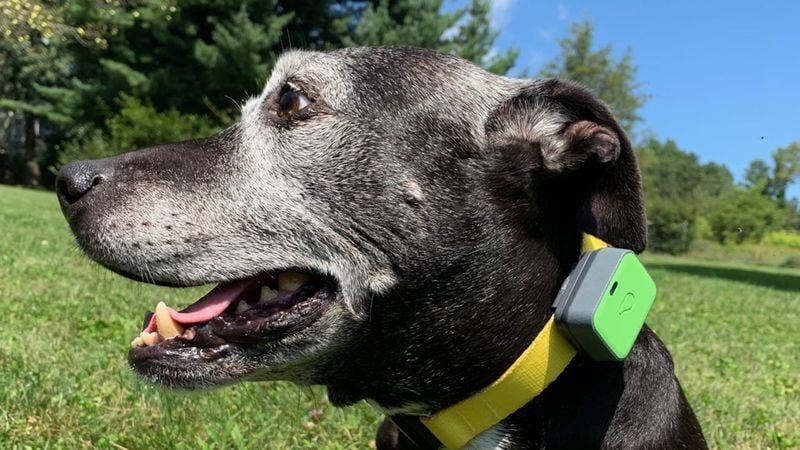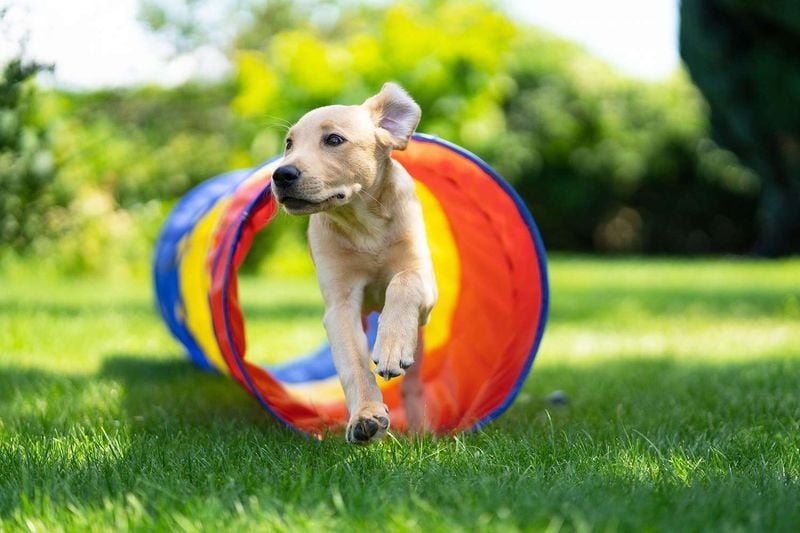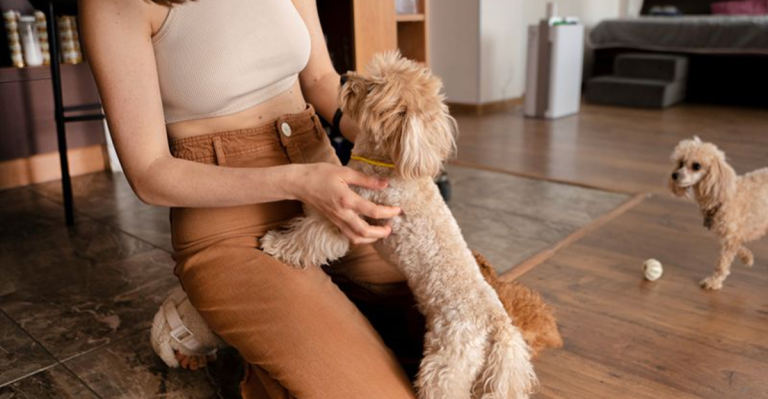15 Ways to Give Your Dog More Freedom — Without the Chaos
In a world where our furry companions are more like family members, giving them the freedom they deserve is a priority for many dog owners. Yet, ensuring that this freedom doesn’t lead to chaos requires a careful balance.
Whether it’s through training, innovative tools, or simply understanding your dog’s unique needs, there are countless ways to enrich their lives while maintaining order at home.
This guide explores 15 creative and practical ways to give your dog the freedom they crave without the mayhem.
1. Train a Reliable Recall First
Before you even think about giving your dog more freedom, you need to master the recall command. This isn’t optional—it’s your lifeline. A dog that won’t come when called is a runaway waiting to happen. Start small in your living room or yard, rewarding with high-value treats and praise every time they return.
As your dog gets the hang of it, practice in environments with mild distractions, gradually working up to more challenging ones. Be consistent and never call them for something negative, like bath time or punishment. Recall should always mean good things. A reliable “come” gives your dog more liberty without risking their safety—and earns your trust in the process.
2. Use Long Leads in Open Spaces
A long lead gives your dog the chance to roam and sniff freely, without losing your ability to intervene. These 20–30 foot leashes are perfect for parks, open fields, or any space that allows you to practice recall and build trust gradually.
They’re especially helpful for dogs who aren’t quite ready for off-leash freedom but are craving more than a short walk. Just make sure the area is safe and relatively distraction-free. You’ll need to stay engaged—long lines can tangle easily, and you still need to guide their behavior from a distance.
This method satisfies a dog’s need for exploration while giving you the chance to enforce boundaries, making it a great bridge between total control and full freedom.
3. Create a Dog-Safe Backyard Zone
A backyard isn’t automatically a safe haven. If you’re planning to let your dog roam outside without supervision, it’s crucial to dog-proof the space first. That means checking for escape routes, securing fences, and removing any toxic plants or sharp objects.
Design the area with enrichment in mind. Offer shade, clean water, and a few chew-proof toys. Consider a designated digging pit if your dog loves to unearth treasures. Keep it interesting with rotating items or safe sniff spots.
A well-designed outdoor space lets your dog enjoy independence while minimizing chaos. It’s more than a place to burn energy—it becomes their own little kingdom that meets physical and mental needs in a secure way.
4. Teach Boundary Training
Not all freedom means off-leash running. Sometimes, the most effective way to offer independence is by teaching your dog where they can’t go. Boundary training helps dogs respect invisible lines—whether that’s staying on the lawn, off the couch, or out of the kitchen.
Start with clear visual cues like flags or tape, and reward your dog for remaining behind them. Use consistent commands like “wait” or “back,” and slowly fade out the markers as your dog learns.
It takes repetition and patience, but once learned, boundary training allows your dog more autonomy inside and outside your home without physical barriers. It’s an incredible tool for giving freedom with structure—and for avoiding the chaos of constant redirection.
5. Try Doggy Doors With Secure Access
Doggy doors can be a game-changer when used correctly. They let your pup move between the house and a fenced yard without needing your constant supervision. But without safety measures, they can also invite trouble—chewed gardens, escape attempts, or unwanted wildlife guests.
Choose a door with lockable features or smart timing options so you control when it’s available. Train your dog to use it calmly and responsibly, rewarding them for coming back inside when called.
Installing a doggy door isn’t just about convenience—it’s about giving your dog the option to come and go while you set the boundaries. When done right, it reduces boredom and gives your dog a sense of freedom, even while you’re away.
6. Supervised Off-Leash Time in Designated Parks
Dog parks and designated off-leash areas can be thrilling for dogs who love to run, sniff, and socialize. But letting your dog loose doesn’t mean turning your back. Chaos starts when supervision ends—especially if other dogs don’t play nice or your dog ignores cues.
Start in smaller, quieter parks if your pup is new to the experience. Watch their body language closely. If they seem overwhelmed or overly dominant, it’s time to intervene.
Bring treats to reinforce good behavior and use recall occasionally to test their responsiveness. These controlled, watchful sessions let your dog enjoy freedom while you stay engaged. Off-leash time should be a reward, not a free-for-all. Structure keeps it joyful instead of stressful.
7. Incorporate Scent Work or Nose Games
If your dog’s freedom is limited by space or safety, mental stimulation becomes even more important. Scent work gives them a sense of agency and taps into their natural instincts. It’s freedom of the mind—and it’s just as satisfying as a long walk.
Try hiding treats in boxes, using a snuffle mat, or playing “find it” with favorite toys around the house or yard. Start easy, then build up the challenge to keep them engaged.
This kind of enrichment reduces destructive behavior and anxiety. When dogs use their noses, they enter a focused, content state. You’re allowing them to “hunt” in a controlled way—releasing energy while preventing the kind of chaos you’re trying to avoid.
8. Set Up Indoor Free Zones Gradually
Giving your dog the run of the house too soon often leads to shredded shoes and bathroom accidents. Instead, grant freedom in stages. Start with one puppy-proofed room where they can relax, play, and nap safely. Use baby gates to block off off-limits areas.
As your dog proves trustworthy, expand their access room by room. Pay attention to how they behave when you’re not looking. Cameras can help spot sneaky habits before they become problems.
This method teaches your dog how to handle freedom responsibly. It builds confidence, not just for your pup but for you, too. Structured independence reduces stress for everyone and helps your dog feel more at home—without turning it upside down.
9. Use GPS Trackers on Collars
Even the most obedient dog can get spooked or distracted, especially when given more freedom. That’s where a GPS tracker can be a lifesaver. It gives you real-time location updates in case your dog wanders too far, slips through a gate, or escapes a poorly latched door.
Many models come with mobile apps and activity monitoring, so you’ll know if your dog is roaming more than usual. It’s added peace of mind when experimenting with more off-leash privileges.
While it’s not a replacement for training or a secure environment, a tracker adds an important safety net. Freedom doesn’t mean letting go completely—it means being smart about how you give it, with backup plans in place.
10. Introduce Structured Solo Play
Dogs don’t always need you to have a good time—they just need the right setup. Structured solo play encourages independence in a controlled, rewarding way. Offer puzzle toys, treat-dispensing balls, or chew-safe options like frozen peanut butter Kongs.
Rotate toys regularly to keep them interesting, and make sure they’re size-appropriate and safe for unsupervised use. This gives your dog mental exercise and a satisfying outlet while you’re busy or away.
Solo play reduces boredom, which means fewer chances your dog will turn to chaos—like tearing through the trash or barking nonstop. When you teach your dog how to enjoy time alone, you’re giving them a type of freedom that builds confidence and self-control.
11. Train a Strong “Settle” Command
One of the most overlooked skills in a dog’s toolbox is the ability to settle. Teaching your dog to lie down calmly on cue gives them the freedom to be with you in more places—cafes, parks, family gatherings—without being the center of attention.
Start by rewarding calm behavior naturally, then pair it with a cue like “settle” or “relax.” Practice in low-distraction areas before trying it somewhere exciting.
A good “settle” command helps your dog manage stimulation and choose stillness, even when they’d rather chase squirrels. It’s not just a trick—it’s a lifestyle upgrade. Giving your dog the ability to calm themselves makes more freedom possible, because you’re not constantly putting out fires.
12. Build Confidence With Obstacle Courses
Confidence is key to balanced freedom. If your dog is anxious or unsure, they may act out when given more space. Obstacle courses—whether professional agility setups or homemade pillow tunnels—help build your dog’s body awareness and mental resilience.
Guide them through with praise and treats, keeping it fun and pressure-free. You’ll see them start to make decisions, conquer challenges, and gain pride in their movements. That self-assurance carries over into daily life.
A confident dog is less likely to panic when left alone, more likely to follow commands, and generally better at handling new experiences. So before you open up the world to them, help them master a few hurdles—literally and figuratively.
13. Desensitize to Alone Time
Many dogs misbehave not because they’re defiant—but because they panic when left alone. If you want to give your dog freedom without anxiety-fueled destruction, teach them that being solo isn’t scary. Start with short periods in another room, gradually increasing time apart.
Use calming music, enrichment toys, or scent items that remind them of you. Never make a dramatic exit or return—it sends the message that absence is no big deal.
Dogs who feel secure alone are less likely to bark incessantly, chew furniture, or soil the house. Independence is a skill they have to build, just like recall or sit. With practice and patience, your dog can enjoy quiet time—and you’ll enjoy fewer messes.
14. Let Them Choose Their Walk Pace
Walks don’t have to be military marches. Letting your dog decide the pace and direction—at least for part of the route—can be incredibly rewarding. It gives them control over their environment, which builds confidence and reduces stress.
Use a longer leash and choose a safe area. Allow time for sniffing, pausing, and detouring without rushing them along. This “decompression walk” taps into your dog’s natural curiosity.
Even a few minutes of dog-led walking offers a mental workout that tires them out more than speed walking ever could. When your dog feels like a partner rather than a passenger, their behavior improves—and your bond strengthens. It’s freedom on a leash, without the frenzy.
15. Know When to Rein It In
Freedom doesn’t work for every dog all the time. If your pup starts regressing—barking more, chewing, ignoring commands—it’s not failure. It’s feedback. Sometimes dogs need a reset: a return to more structure, closer supervision, or refreshed training.
Watch for subtle cues like pacing, tension, or hesitation. They could mean your dog is overwhelmed by the space or responsibility. Pulling back temporarily allows them to regroup and rebuild trust.
Freedom should be earned and expanded gradually, not handed over all at once. Knowing when to pause or scale back doesn’t mean you’re being harsh—it means you’re being smart. A balanced approach ensures freedom becomes a lasting privilege, not a short-lived disaster.



